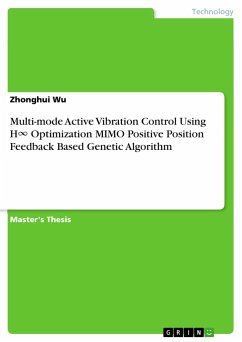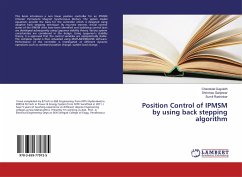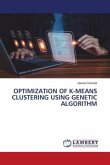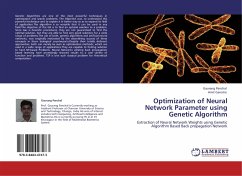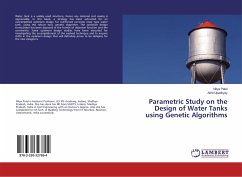Master's Thesis from the year 2014 in the subject Engineering - General, Basics, Flinders University (School of Computer Science, Engineering and Mathematics), language: English, abstract: In this thesis, experimental, analytical and numerical analysis are used for distributed parameter plate structure modeling, an infinite-dimensional and a very high-order plate mathematical transfer function model is derived based on modal analysis and numerical analysis results. A feed-through truncated plate model which minimizing the effect of truncated modes on spatial low-frequency dynamics of the system by adding a spatial zero frequency term to the truncated model is provided and numerical software MATLAB is used to compare the feed-through truncated plate model with traditional balanced reduction plate model which is used to decrease the dimensions and orders of the infinite-dimensional and very high-order plate model.Active vibration control strategy is presented for a flexible plate structure with bonded three self-sensing magnetic transducers which guarantee unconditional stability of the closed-loop system similar as collocated control system. Both multi-mode SISO and MIMO control laws based upon positive position feedback is developed for plate structure vibration suppression. The proposed multi-mode PPF controllers can be tuned to a chosen number of modes and increase the damping of the plate structure so as to minimize the chosen number of resonant responses.Stability conditions for multi-mode SISO and MIMO PPF controllers are derived to allow for a feed-through term in the model of the plate structure which is needed to ensure little perturbation in the in-bandwidth zeros of the model. A minimization criterion based on the H norm of the closed-loop system is solved by a genetic algorithm to derive optimal parameters of the controllers. Numerical simulation and experimental implementation are performed to verify the effectiveness of multi-mode SISO and MIMO PPF controllers' vibration suppression for the feed-through truncated plate structure.

